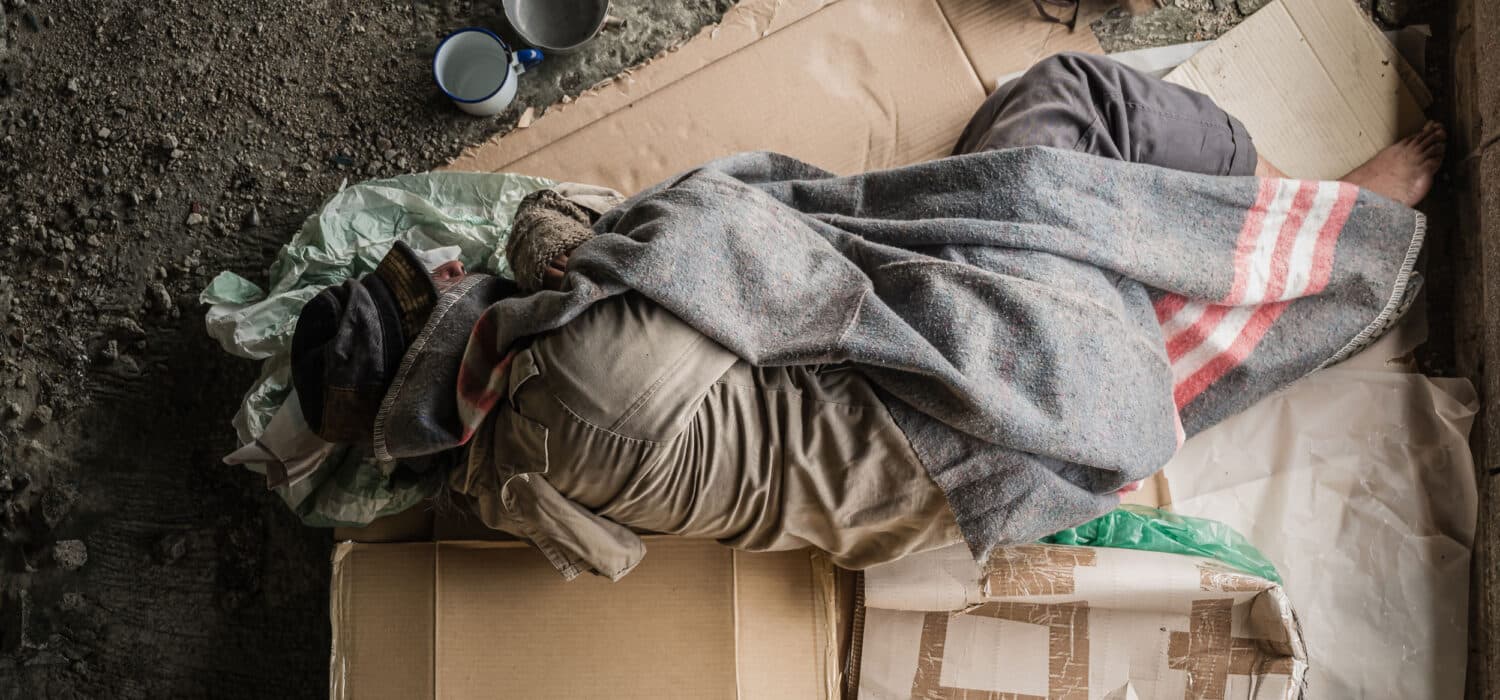Huntsville is home to an estimated 600 unhoused people. (This is almost certainly a massive undercount.)
And this number is rising.
I spoke with Mandy Kilgore, Founder of Community of Hope, in August 2023. She told me the United Way runs a 211 line for Huntsvillians who need help. She found that over the past year, affordable housing was the number-one request, comprising 26% of calls. Of the those callers, 64% were currently on the verge of homelessness.
Huntsville is hardly alone. Rates of homelessness are skyrocketing in growing cities across the US.
The reason is simple. In high-growth cities, housing costs are rising faster than paychecks.
According to The Council of Economic Advisers, poverty researchers, and advocates, the cost of housing is, by far, the biggest contributor to rising homelessness.
A recent landmark report from the Benioff Homelessness and Housing Initiative at the University of California, San Francisco, draws from nearly 3,200 questionnaires and 365 in-depth interviews. It’s the single deepest study on homelessness in America in decades, the largest representative study of homelessness since the mid-1990s, and the first large-scale representative study to use mixed methods (surveys and in-depth interviews). According to the authors, “High housing costs and low income left participants vulnerable to homelessness.” And high housing costs keep unhoused people unhoused. “While participants faced many barriers to returning to housing, the primary one was cost,” the authors write.
They go on:
In their book, Homelessness is a Housing Problem, Gregg Colburn and Clayton Page Aldern help us understand this distinction by using the analogy of musical chairs, reminding us that the game starts with an equal number of chairs and players who walk around those chairs. At some point, someone pulls away a chair and stops the music, and the players scramble for the remaining chairs. Imagine a game where one player had sprained their ankle the night before, and played walking with crutches they don’t know how to use. In this analogy, players are people in an area, chairs are housing, and the player with the sprained ankle is someone with an individual vulnerability. If you had to guess who would be standing when the music stops, you would guess it would be the person on crutches. That helps answer the question: Why is this person standing? But, if you ask a different question: Why is there someone standing? They are standing because there are only 9 chairs. If there had been 10 chairs, everyone would be sitting. If no one had sprained their ankle and yet you only had 9 chairs, either two people would be sitting on one another, or someone would be standing.
Mental health, addiction, and disability do make it more difficult for a person to afford housing. But they do not cause homelessness. We’re creating far more homeless people every day in this country than the much slower rise in mental illness, addiction, or disability can explain. The reason Huntsville has so much homelessness is that we don’t have enough “chairs”— aka housing that the lowest income households can afford.
“Participants’ inability to afford housing was both the underlying cause of homelessness and the primary
barrier to their returning to housing. This finding was true throughout California, not only in the
high-cost coastal regions,” the authors write. “Any solution to homelessness must address the lack
of affordable housing for extremely low-income households.”
We know housing prices create and exacerbate homelessness nationwide. But just looking at Huntsville, we can see that both housing prices and the number of homeless individuals both began to rise around 2016.
Since at least 2016, Huntsville’s population has been growing faster than we’ve built new homes – just like in San Francisco, Seattle, Denver, and Austin have been doing for far longer. Between 2000-2020 Huntsville added 57,000 new residents but built fewer than 10,000 new units of housing. When demand rises faster than supply, prices rise.
And just like in those cities, high rents have priced residents out of their homes and onto the streets, spiking homelessness too.
There will always be a small percentage of the population who, due to physical and/or mental challenges, cannot manage to secure and maintain housing without assistance. But we’re not seeing rates of homelessness grow at an alarming pace because so many more people are suddenly facing crippling illness. What they’re suddenly facing is rising rents and stagnant incomes. And in nearly every case, homelessness creates or worsens physical illness, mental illness, and addiction, not the other way around.
